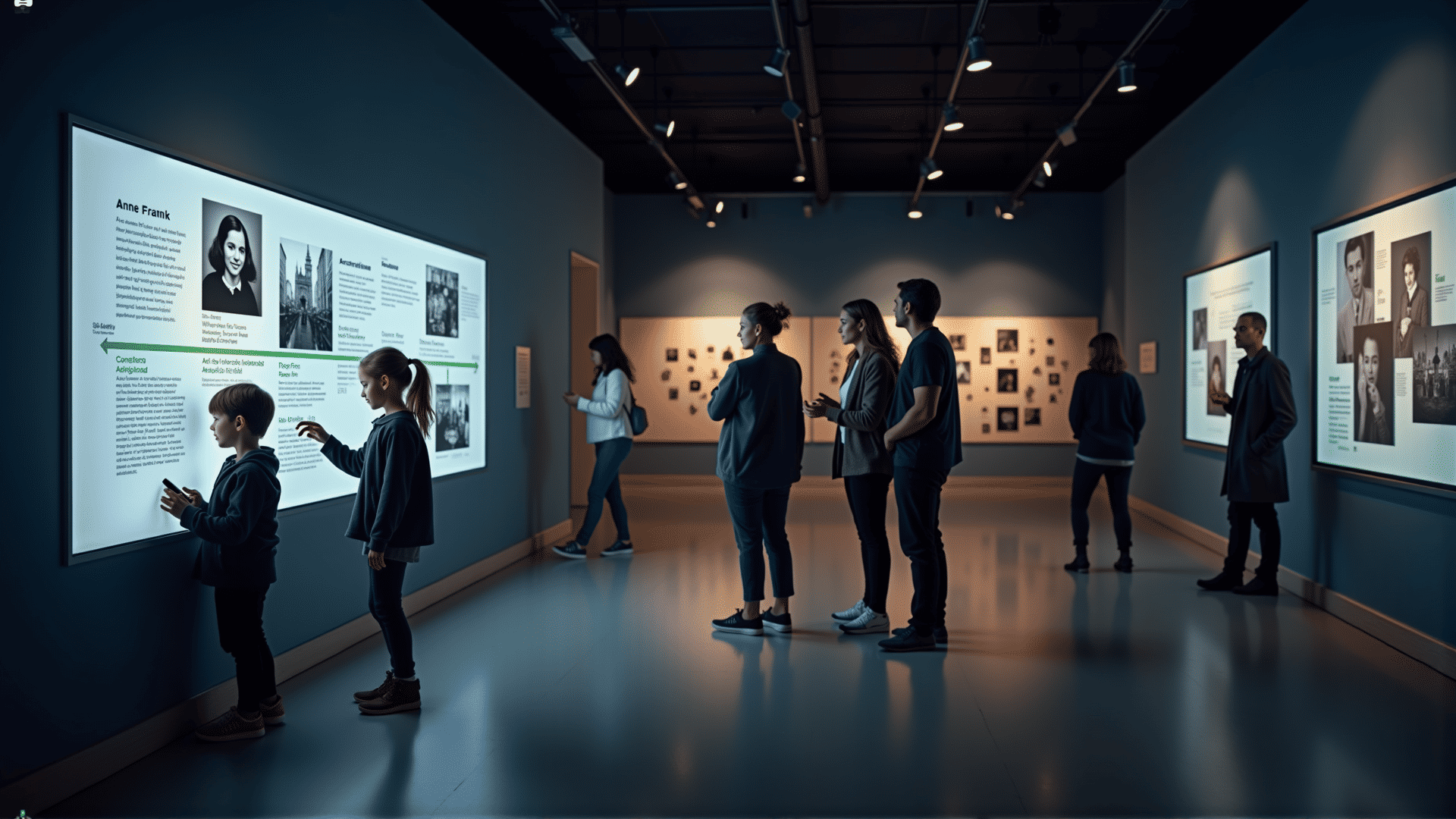In today's digital age, where stories can be told through a myriad of platforms and mediums, historical narratives are receiving a technological makeover to enhance learning and engagement. One of the most poignant examples of this transformation is the way in which the story of Anne Frank is being presented through interactive storytelling exhibits. These innovative displays breathe life into history, allowing visitors to experience the world of Anne Frank like never before.
The tragic yet inspiring story of Anne Frank, a young Jewish girl whose diary chronicled her life in hiding during the Holocaust, remains one of the most powerful accounts of World War II. Traditionally conveyed through her diary and various adaptations, her story has now embraced new technological avenues that make the experience educational, immersive, and profoundly moving.
Interactive storytelling exhibits allow visitors to step back in time and enter the world of Anne Frank through dynamic displays. Utilizing cutting-edge technology, these exhibits often include interactive screens, augmented reality, and immersive audio-visual presentations, providing multiple layers of engagement. These tools enable visitors not just to read or hear about Anne’s experiences but to visually and emotionally immerse themselves in the historical context.
One might find an augmented reality experience, where visitors can navigate a virtual reconstruction of the Secret Annex in which Anne and her family hid. Wearing AR glasses, they can explore various rooms, hear ambient sounds of the era, and listen to diary excerpts narrated over a faithful digital recreation of Anne’s world. This form of storytelling captivates audiences by offering a personal connection with historical events, fostering empathy and understanding.
Moreover, these exhibits often incorporate interactive timelines that highlight key historical events during the Holocaust. Visitors can engage with touchscreens to learn more about the political landscape of the time, the challenges faced by Jewish communities, and personal stories of resilience and hope. By linking Anne's personal story with the broader historical context, the exhibits provide a comprehensive understanding of the era.
A particularly moving component of these storytelling exhibits is the inclusion of personal testimonies from Holocaust survivors. These narratives are woven into the digital fabric of the experience, offering firsthand accounts that complement Anne’s diary. Hearing survivors share their memories humanizes history, ensuring that future generations remember and reflect on the lessons of the past.
Additionally, interactive storytelling emphasizes Anne's aspirations and dreams, showcasing her remarkable talent as a writer. Various displays allow visitors to engage with Anne's literary work, exploring her aspirations and seeing how her words continue to inspire millions. Interactive elements might encourage visitors to pen their thoughts in a digital guest book, reflecting on how Anne's story has touched them personally.
These exhibits serve not only as educational tools but also as spaces for reflection, dialogue, and action. By making Anne Frank’s story accessible and engaging, they foster an environment where visitors can contemplate the importance of tolerance, human rights, and the responsibility to combat hatred in today’s world.
The power of interactive storytelling lies in its ability to connect the past with the present, ensuring that the stories of individuals like Anne Frank are preserved and understood by generations to come. By transforming her narrative into an immersive experience, we honor her memory in a way that resonates with young and old alike, igniting a spark of empathy that compels us to be vigilant guardians of humanity. Through technology, the legacy of Anne Frank continues to educate and inspire, reminding us of the enduring strength of the human spirit.
